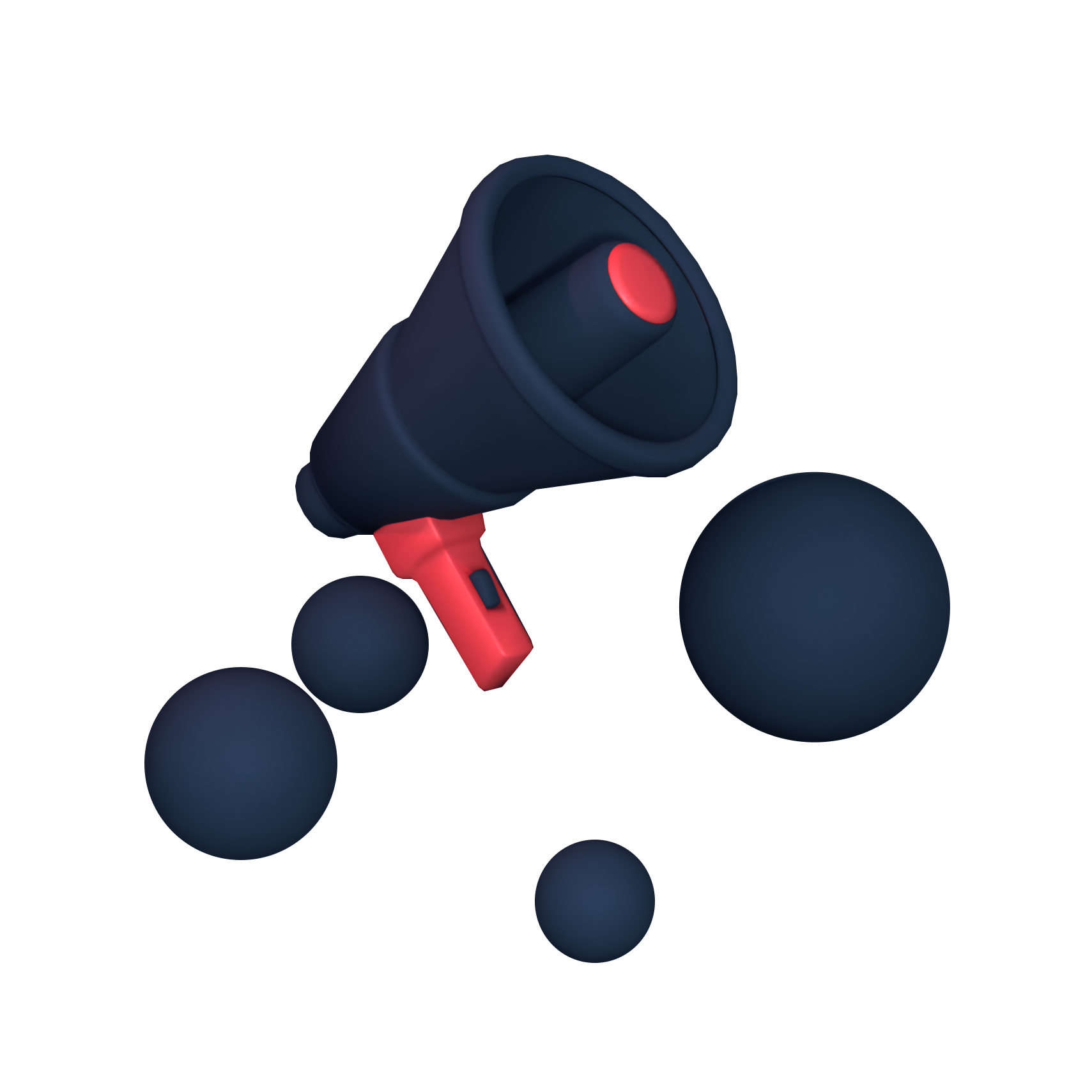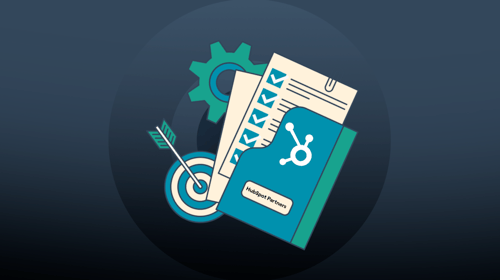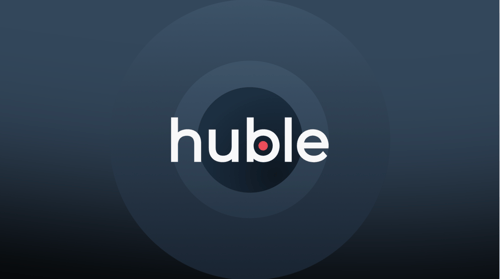In this article, we’ll explore 10 common pitfalls that enterprises encounter when migrating from Salesforce to HubSpot, and how to avoid them.
As we move deeper into 2025, more enterprise organizations are making the strategic decision to leave behind complex, costly CRM platforms like Salesforce in favor of HubSpot’s more flexible, user-friendly ecosystem.
But migrating from a deeply embedded platform like Salesforce remains a high-stakes challenge. Without a clear, strategic approach, organizations risk losing valuable data, disrupting critical integrations, or ending up with a HubSpot instance that replicates the complexity they aimed to leave behind.
10 things to avoid when moving from Salesforce to HubSpot
Migrating from Salesforce to HubSpot is not a plug-and-play operation. The stakes are high. Poor planning can lead to lost data, broken processes, frustrated teams, and months of disruption.
So how do you make the move without missteps?
Here are 10 strategic pitfalls to avoid — learned from helping enterprise teams navigate this exact journey.
1. Assuming “migration” means a one-to-one port
Many enterprises approach CRM migration as a direct replica of their Salesforce setup, every object, field, automation, and report. But this “lift and shift” mindset imports old complexity and prevents teams from benefiting fully from HubSpot’s streamlined architecture.
The result: an over-engineered system that frustrates users and inflates costs.
How to avoid it: Treat migration as transformation. Audit your existing setup to identify what's essential, what's obsolete, and what needs rethinking. Don’t replicate unused fields or legacy workflows just because they exist. Design your HubSpot environment around current business needs, native functionality, and future scalability. Focus on simplification, not duplication.
2. Skipping strategic alignment on why you're migrating
When teams aren't aligned on why they're moving to HubSpot, the project splinters fast. Sales wants better usability. Marketing wants integrated campaigns. Ops wants automation.
If there’s no unifying goal, every decision becomes a compromise, and the result is often a system that serves no one particularly well.
How to avoid it: Define the strategic purpose early, and make it stick. Whether it's faster time-to-value, improved usability, cost reduction, or better reporting, agree on the “why” with executive stakeholders. Let that shape your project scope, priorities, and success metrics. When trade-offs emerge (and they will), return to this north star.
3. Overlooking the business process redesign opportunity
Salesforce environments often evolve into a web of customizations and workarounds. Simply migrating those processes to HubSpot hardwires inefficiencies into the new system. It also bypasses the chance to align workflows with HubSpot’s more intuitive capabilities.
How to avoid it: Map your revenue workflows end to end: lead capture, routing, qualification, sales stages, renewals, and service handoffs. Identify pain points, redundancies, and broken logic. Redesign processes around how you want teams to work, not how they were forced to in the old system. Use the migration to reimagine, not preserve.
4. Neglecting data strategy until migration begins
Data issues are a leading cause of migration delays. Without a plan, teams scramble to resolve field mismatches, deduplication errors, historical inconsistencies, and reporting gaps—all under tight go-live pressure.
How to avoid it: Start your data strategy well in advance. Audit what data you have, what’s clean, what’s cluttered, and what’s missing. Align on what should migrate, what can be archived, and how records will map into HubSpot. Be mindful of platform-specific constraints such as record limits, custom property limits, and file size restrictions. Proactively plan for data archiving strategies to handle historical records that don’t require active migration. Define ownership for data quality going forward. Migration is your moment to reset, use it to establish better habits.
5. Underestimating the complexity of integrations
Most CRMs sit at the center of a much wider tech stack. When integrations break, whether with marketing platforms, billing tools, or support systems, business processes grind to a halt. Poor planning here can derail even the best migration.
How to avoid it: Inventory all connected systems and assess how they interact with Salesforce. Classify them: keep (and rewire), replace, or retire. Understand data dependencies, sync rules, and custom logic. Plan for phased integration rollouts, and test them in isolation. Integration work is often as complex as the core migration — budget time and resources accordingly.
6. Treating change management as an afterthought
Even a perfectly configured HubSpot instance will fail if people don’t adopt it. Resistance comes when users feel systems are “done to them” rather than built with them. Lack of training, unclear expectations, and poor communication can all lead to low usage and a breakdown in cross-team alignment.
How to avoid it: Treat change management as a formal workstream. Identify champions across teams who can give feedback and build internal momentum. Offer role-based enablement so that marketing, sales, and ops each understand their piece of the system. Keep communication transparent and focused on the value of the change. Celebrate early wins to drive adoption.
7. Misjudging what’s ‘custom’ vs. ‘native’ in HubSpot
HubSpot has strong out-of-the-box functionality, but it’s not a one-for-one match with Salesforce’s object model or customization options. Trying to recreate Salesforce’s complex architecture can lead to over-engineering, plugin sprawl, or reliance on fragile workarounds, all of which hurt usability and future scalability.
How to avoid it: Understand how HubSpot handles custom objects, automation, and reporting. Use native tools whenever possible. For example, Salesforce's Apex triggers can often be replaced by HubSpot's more user-friendly workflow automations. If you need advanced functionality, validate whether HubSpot can support it directly, whether a vetted integration is available, or whether you truly need custom development. Design with long-term maintainability in mind, leaning into HubSpot’s strengths rather than replicating legacy complexity.
8. Failing to redefine reporting expectations
Reporting in Salesforce is powerful but often propped up by custom fields and third-party tools. Migrating to HubSpot without revisiting KPIs and report design can frustrate stakeholders used to “the old way.” Worse, trying to replicate legacy dashboards may overload HubSpot or miss the point of its more streamlined approach.
How to avoid it: Inventory critical reports early. Understand which are truly used and which were created to fill past system gaps. Reframe reporting conversations around business questions, not technical outputs. HubSpot’s reporting engine is built around its clean object model and structured properties, enabling faster report creation and better data visualization than complex query-based systems. Leverage HubSpot’s custom reports, dashboards, and attribution tools natively. When needed, pair with BI tools like Looker or Tableau, but don’t lead with complexity.
9. Overloading the MVP with “day 2” scope
In an effort to get everything right on day one, teams often overload the MVP with features, automations, and edge-case requirements. This bloats timelines, introduces risk, and delays value delivery. It also crowds out the ability to test, learn, and refine based on real user feedback.
How to avoid it: Define what must be live at go-live, the core data, processes, and users. Push non-essential features to a clearly defined “phase 2.” Launch with a clean, usable system that solves key pain points and allows teams to work effectively. Then iterate based on adoption and evolving needs.
10. Not defining long-term ownership and governance
Even a successful migration will erode over time if there’s no plan for ongoing ownership. Without clear governance, new fields proliferate, workflows conflict, reporting breaks, and data quality declines. In less than a year, your new system can feel as bloated as the old one.
How to avoid it: Set up governance from day one. Define who owns the CRM, who manages requests, and how changes are prioritized. Establish naming conventions, documentation practices, and regular audits. Invest in a RevOps function (or partner) to guide continuous improvement. The real ROI comes not just from the migration, but from what happens after.
Switching from Salesforce to HubSpot is a big move — but for many organizations, it’s the right one. It offers faster time to value, a cleaner user experience, and the agility today’s businesses demand.
The key is to treat the migration as a strategic initiative, not just a technical one. Avoiding these 10 pitfalls will help ensure your move unlocks the full potential of your new CRM, and sets your teams up to scale, align, and win.
Why work with Huble for your Salesforce to HubSpot migration?
Migrating from Salesforce to HubSpot is a major strategic move that comes with many potential pitfalls — from misaligned stakeholder expectations to overlooked data complexities. Avoiding these risks requires deep expertise and a clear roadmap focused on both technology and people.
As HubSpot’s #1 Global Partner, Huble combines technical mastery with strategic insight to help enterprises steer clear of common migration challenges. We guide you through the pitfalls so your migration isn’t just a software swap, but a transformation that drives real business value.
1. Salesforce and HubSpot experience
Migrating from Salesforce means dealing with layers of complexity: custom objects, Apex code, legacy automations, and deeply embedded processes. At Huble, our team includes specialists fluent in both Salesforce and HubSpot, enabling us to:
- Translate Salesforce architecture into scalable, native HubSpot structures
- Rebuild complex automation, reporting, and integration workflows
- Ensure zero data loss with precision-driven migration processes
Whether your Salesforce instance is out-of-the-box or highly customized, Huble ensures a streamlined transition to HubSpot with minimal disruption.
2. Strategic migration, not just technical execution
We don’t just “lift and shift” data. Huble aligns your CRM migration with business outcomes, ensuring the new system works harder, and smarter, for your teams.
Our process includes:
- Collaborative workshops to align stakeholders across sales, marketing, service, and IT
- Defining future-state CRM architecture, user journeys, and business processes
- Change management and user adoption strategies tailored for global teams
We act as an extension of your team, closing resource gaps and building internal confidence at every stage.
3. Built-in governance, global rollouts & change control
Enterprises need structure, scalability, and security. Huble’s ISO 27001 and ISO 9001 certifications ensure that every migration is governed, compliant, and future-proof. We provide:
- Structured rollout plans for multi-region or multi-BU implementations
- Enterprise-grade change control and stakeholder governance processes
- A dedicated project team made up of T-shaped experts, not generalists
We support your global footprint with multilingual training, staggered go-lives, and timezone-aligned support.
4. Integration with your existing tech stack
Most Salesforce users rely on dozens of integrations. Huble ensures your HubSpot environment doesn’t just replicate functionality, but improves it. We support:
- Custom integrations with ERP, marketing automation, finance, and support tools
- API-based solutions for legacy system compatibility
- Streamlined workflows and dashboards designed for each business unit
Our Integration Services ensure your new CRM works seamlessly within your broader digital ecosystem.
5. Ongoing support, optimization & user adoption
A successful migration is just the beginning. Huble supports your team long after go-live with ongoing optimization, managed services, and strategic guidance.
We help:
- Maintain +95% user adoption through structured enablement
- Continuously evolve HubSpot with your growing needs
- Deliver strategic ROI with real-time insights, automation improvements, and CX enhancements
With HubSpot Managed Services, we offer proactive, SLA-backed support, so your investment keeps paying dividends.
Switch your operations from Salesforce to HubSpot with Huble
When you partner with Huble, you’re setting a foundation for long-term success on HubSpot.
Our team brings deep enterprise experience and a proven methodology to ensure your transition from Salesforce is streamlined, strategic, and scalable. We don’t just move data; we help you rethink your processes, align your teams, and unlock the full value of your CRM investment.
Whether your goal is to reduce costs, streamline your tech stack, or modernize your customer experience, we make sure your migration is a leap forward, not just a lateral move.
Ready to plan your migration? Book a HubSpot strategy call with our team today and we’ll help you assess your current Salesforce environment, define a future-ready HubSpot architecture, and guide you through a roadmap that ensures fast adoption and long-term success.











-3.png?width=500&height=320&name=Matt%20-%20imagery%20bank%20(8)-3.png)

